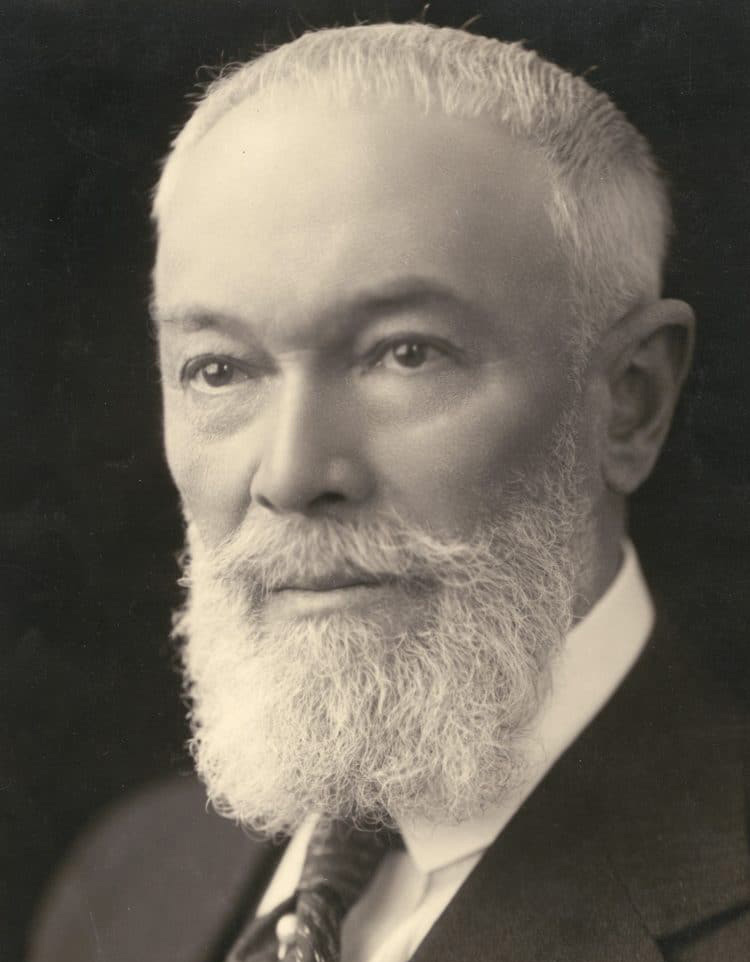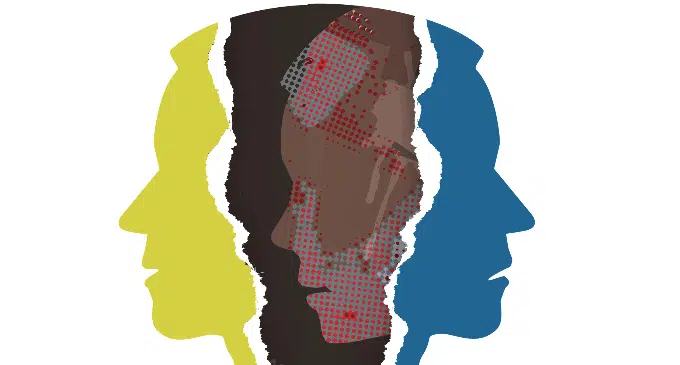It is core to modern psychology and psychiatry that physical stresses during an adverse event are present and stored as part of the unpleasant memory. Professor Bessel van der Kolk MD of Harvard University wrote a great book on this, called The Body Keeps the Score. He’s new to it (or was) and is excited, but It’s something I’ve written about for over 40 years. It’s central to my Punk Psychology® (Hypnoetics™). I have found it to be more important than the thoughts at the time, even the emotions. Physical force, impact or tension is king at holding unpleasant memories in place. That’s why PTSD is so grim.
The first reference I know to what today might be called force or impact processing (running out the physical stress or effort in traumatic memories), comes from a classic 1895 book Studies In Hysteria by Joseph Breuer and Sigmund Freud. I have on my desk the 1956 reprint by The Institute of Psycho-Analysis (full text archive online here:
https://archive.org/stream/studiesonhysteri037649mbp/studiesonhysteri037649mbp_djvu.txt
In every sense this was a paradigm-shifting book. It put psychotherapy on the map. For the first time people began to read just what an incredible impact the mind could have on physical, as well as mental, health.
It led to the expression “The Talking Cure”, meaning a patient could regain considerable wellbeing merely from talking about their distressing experiences. The most celebrated case featured is that of Anna O. (full name unknown) but who is now celebrated in world literature. Even Freud’s detractors still know her case and want to argue and poke fun!
The language of the book is a little archaic. They use the term “hysteria” to mean anyone reacting irrationally, with or without obvious precipitating factors. It is supposed to be caused by a floating womb (Greek: hysteros) since, as everyone knows, men are never irrational. It’s a woman’s thing! (don’t write to me, I’m being ironic).
“Hypnoid” meant subject to subconscious influences or imprinting, as in hypnotism. A “somnambulistic state” meant literally sleep walking or being in a waking state—active and moving around—but actually almost unconscious of the surroundings. Again, very suggestible.
Remember this book came out only a matter of years after the discovery of what we now call the “subconscious mind”, first described by Pierre Janet (1859-1947), a wonderful psychiatrist hero at the Pitié-Salpêtrière Hospital in Paris.
 Pierre Janet (pronounced yannay), my hero!
Pierre Janet (pronounced yannay), my hero!
Somnambulism is rather commoner than the term “sleep walking” would suggest. A lot of people are in this sad non-functional state, walking around, trying to hold down a job or perpetuate a relationship! It echoes Georges Gurdjieff’s maxim that, “the biggest barrier to consciousness is the belief that you are already conscious.”
Dissociation
Actually the theories expounded in Breuer and Freud’s book include the concept of split personality, where a waking and alert individual is accompanied by a drowsy, unconscious “twin”, or other self (who in fact is conscious all the time in our model!)
Today we might think in terms of the conscious mind person and the unconscious or “other than conscious” self. Extremely charged severe trauma gets buried in the unconscious self and it not at all available to the cheery wide-awake self!
Pierre Janet gave this split self the label dissociation. Basically, he taught, the more severe the trauma leading to the split, the more extreme the dissociation between one self and another.
Effort and Resistance
As I explained, what pins past disturbing memories (memonemes, to use our term) is the force, resistance to the force and the effort involved in the imprinting. As van der Kolk said, the impact or force is stored within the body. The pain can persist in the relevant spot long after the “memory” is lost. Heck, I’ve seen people’s face change shape, when the real impact is finally released.
Freud and Breuer gave many examples, such as an individual who is emotionally upset during a meal but forcefully suppressed it (effort or resistance), later experiences frequent nausea and vomiting after eating, which can last for months or years.
In another case, a girl, watching beside a sickbed in a torment of anxiety, fell into a twilight state and had a terrifying hallucination, while her right arm, which was hanging over the back of her chair, went to sleep. From this there developed a paralysis of the same arm accompanied by contracture and numbness. She tried to pray but could find no words; at length she succeeded in repeating a children’s prayer—bizarrely—in English. When subsequently a severe and highly complicated hysteria developed, she could only speak, write and understand English, while her native language, German, remained unintelligible to her for 18 months.
It happens, that sort of stuff! The Bible uses the expression “speaking in tongues.” I have met it often.
This phenomenon is probably based around a re-incarnation surfacing, something which happens a lot when we do this work. In fact the pilots (counselors) are sworn not to interrupt this process when it happens. No judgments.
Breuer and Freud describe clearly the fascinating phenomenon of counter-force, counter-effort, or just simply something the client was trying to resist but which then takes over command. They called it “hysterical counter will”.
On pages 4-5 of my edition, the case is reported of a mother of a very sick child, which at last had fallen asleep. She concentrated her whole willpower on keeping absolutely still (the effort) so as not to waken the child. Precisely on account of her intention she later made a strange “clacking” noise with her tongue.
In another case described on the same page, a highly intelligent man was present while his brother had an ankylozed (surgically-fused) hip joint extended under an anesthetic. At the instant the joint gave way with a loud crack (snapped by the surgeon), the man felt a violent pain in his own hip joint, which persisted for nearly a year. He was trying to resist the same disruption in his own body.
Examples such as these, say Breuer and Freud, justify the concept of traumatic hysteria. In Punk Psychology®, we use the term Universal Trauma Syndrome. Unlike PTSD it is, as it says, universal. It’s part of the core functioning mechanisms of the mind. We all get it to a degree.
Multiple Sensitizing Events
The two Austrian writers wisely pointed out that in the case of a stress disorder from memory, it not infrequently happens that, instead of a single, major trauma, as the sensitizing event, we find a number of partial traumas forming a group of provoking causes. These are otherwise only able to exercise a traumatic effect by summation and they belong together, in so far as they are in part components of a single story of suffering.
A little further along they report the discovery, to their great surprise, that each individual hysterical symptom immediately and permanently disappeared when they had succeeded in bringing clearly to light or surfacing the memory of the event by which it was provoked and in arousing its accompanying affect, or feeling.
See, recollection without affect almost invariably produces no result. The psychical and physical process which originally took place must be repeated as vividly as possible; that is feeling the emotions and physical sensations including effort and resistance. The closer to the truth of what happened, the more certain it is that vanishment result.
In other words, the patient has to experience the incident in the fullest possible sense, with all kinetics and emotions present, including efforts and resistance or non-acceptance. Remembering is not a very powerful tool. EXPERIENCING the earlier event honestly and without resistance is what gets results.
In my Punk Psychology® system, we call that our “make it NOW” technique or MINT for short. It’s about honesty. You will readily grasp the importance of this degree of immersion. It makes all the difference.
To Your Good Health,
Prof. Keith Scott-Mumby
Creator of Supernoetics®






